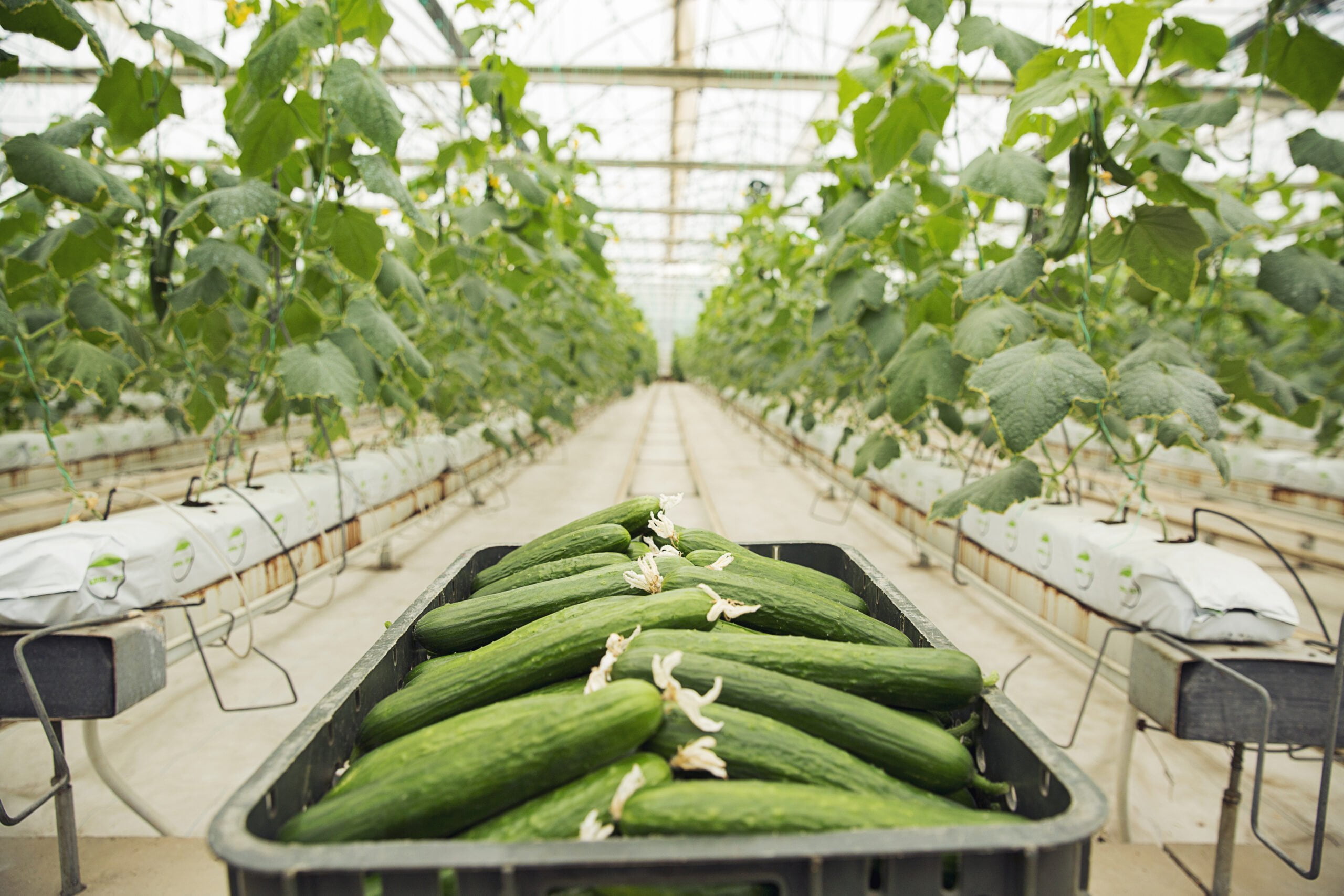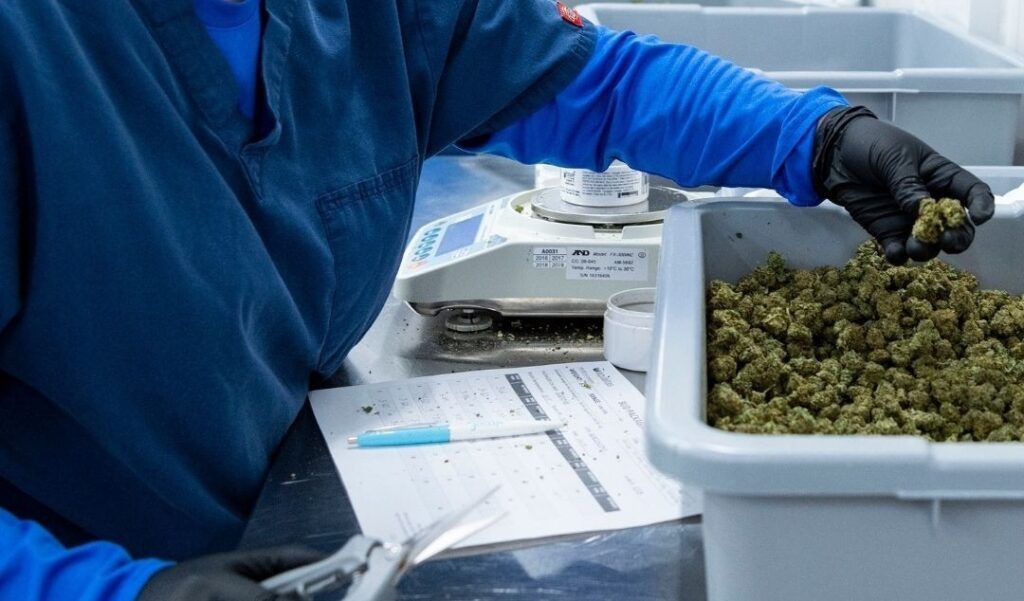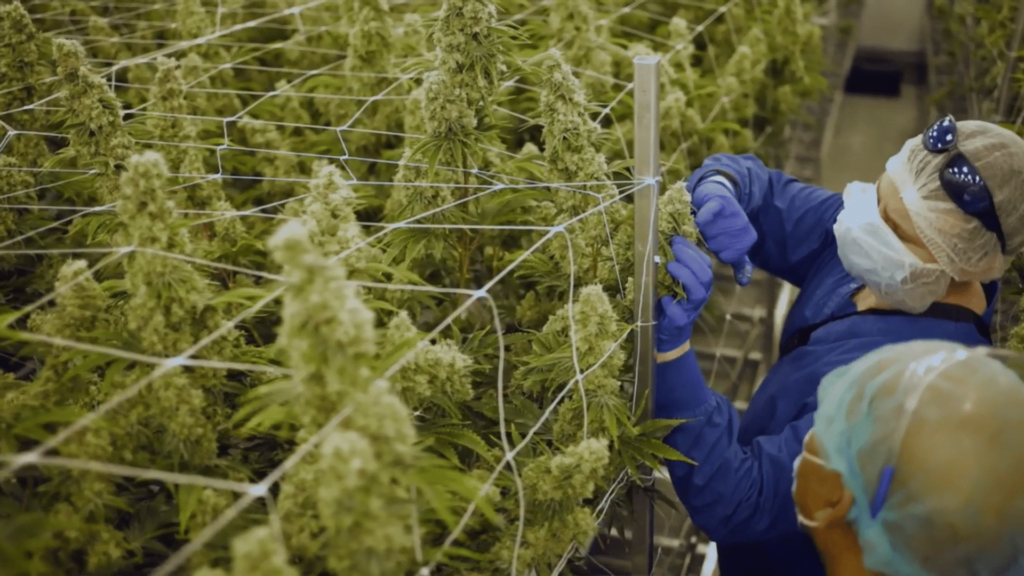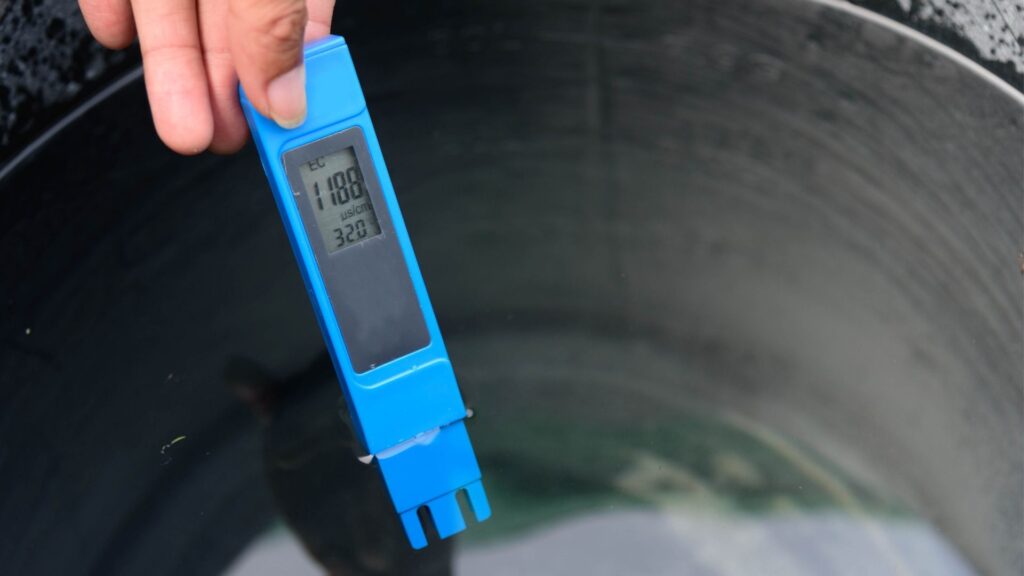Bringing Decades of Indoor Horticulture Efficiency To Canadian Cannabis Craft LPs
“How do you get skilled labor when we’re in the infancy of our industry?“
— David Kjolberg, Legacy Master Grower, Consultants, Specialists in growing Premium cannabis
It’s hard to come by that in decades of indoor horticulture efficiency to Canadian cannabis growing experience, when cannabis has only been legalized by the Canadian Parliament for recreational use and production since 2018!
However, long before that, it was perfectly legal to grow tomatoes, cucumbers, peppers, other vegetables, and flowers indoors. Tapping into those decades of indoor horticulture experience provide cannabis growers a major shortcut to growing efficiently, helping them increase profits and providing a competitive pricing advantage.

That was a major takeaway from the session, “Growth Through Experience: Lessons From Our History, To Inform Our Future” at The Grower’s Source Expo, presented on January 26, 2021. The session was hosted by Nico Haché, Director, Deloitte Canada, and included panelists Max White, Co-Owner, VP Business Development @ Aroma Cannabis, James Daughters, Master Grower @ Laurentian Organic, and, David Kjolberg, Legacy Master Grower, Consultants, Specialists in growing Premium cannabis.
To survive you must not only grow well but efficiently
Max White was able to give Canadian cannabis growers a preview of what’s in store for them, as Max is a grower in Oregon, USA, which legalized cannabis 4 years before Canada. Max shared that in Oregon, 60% of first-year Oregon licensees went out of business, because of the low barrier to entry. These early licensees usually either had only business knowledge or cannabis growing knowledge, but rarely both. Too much competition drove the price down.
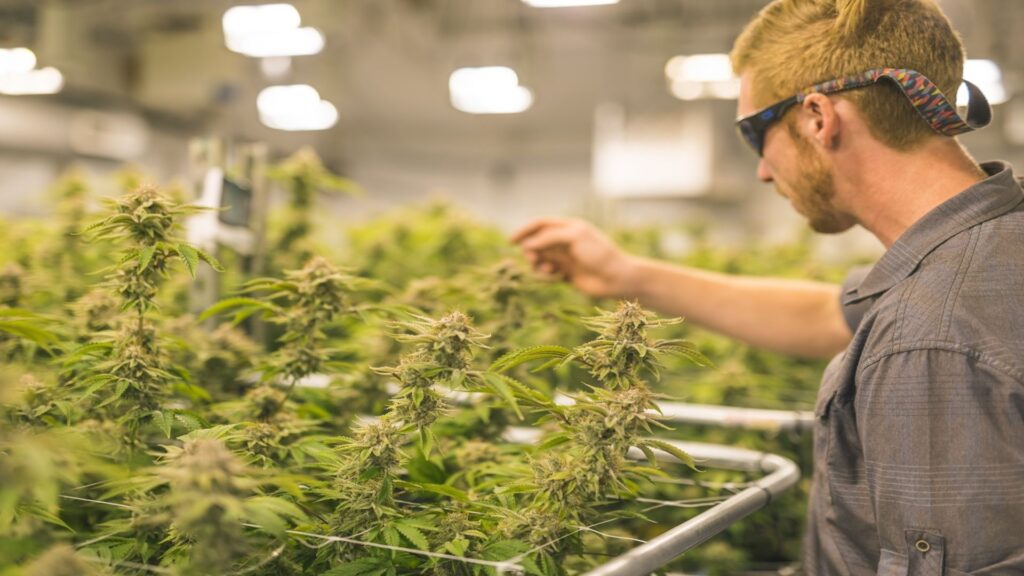
Max’s key takeaway: To survive, you must not only grow well but grow efficiently. Indoor Horticulture efficiency comes from collecting a lot of data about plants, water, temperature, humidity, VPD, nutrients, growth, cannabinoids, and more. And ultimately, collecting data to benchmark your plants’ optimized recipe. Also important, you need to manage your labor costs.
Established Indoor Horticulture Efficiency To Canadian Cannabis Best Practices
“Start standardizing cannabis production. We need to copy a bit what the greenhouse world has been. And they’ve been there for about 30 years. So, they know what they’re doing.”
—James Daughters, Master Grower at Laurentian Organic
While greenhouse vegetable growers can plan out a year in advance how much labor they will need for every stage of their plants’ growth, most cannabis growers simply don’t know how much labor it takes to grow their cannabis yet. Max has two 70 year-old partners with a wealth of non-cannabis horticulture knowledge that advise about efficiencies such as streamlining labor, purchasing in bulk, and setting an annual budget ahead of time based on previous experience.
“We know what we’re spending on IPM. We know what we’re spending in labor. The first year I went through 30 employees, before we dialed it down to about 12 employees for our whole facility, and we’ve had them consistent for two years now. Once you have your timeline narrowed down, we know that in two weeks, we have to prep for close. I have to have all my supplies. We’re going to be harvesting. I know how many pounds each of our trimmers is expected to trim each day. So to have those jobs broken down really allows us to foresee, to make educated decisions. I know that 52% of every dollar we spend is on labor. So really being able to kind of iron those things out and stay in a consistent monthly process has allowed us to get that data pretty quickly.”
— Max White, Co-Owner, VP Business Development at Aroma Cannabis
Scaling Up To A Larger Facility
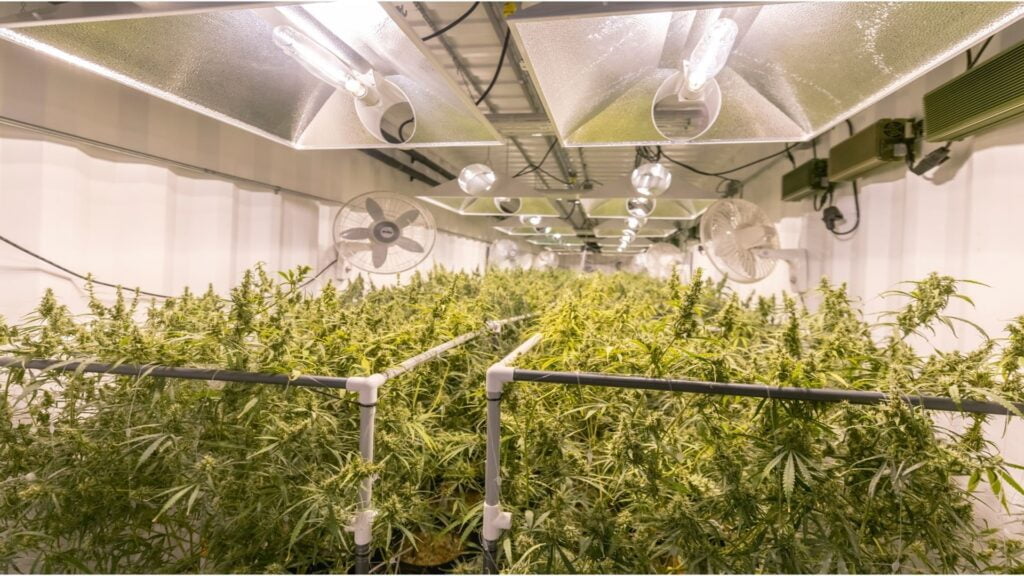
In the early days, David heard from lots of potential investors, who always asked, “Can you scale this up?” David said you can, but with moderation, as a lot of people tried to get too big too fast. A larger scale may not be one big room, but instead, 8 rooms that are 1000 or 2000 square feet each (which makes IPM easier). Profitability comes from efficiencies, from ideas from experienced greenhouse people, even people from outside horticulture but with production experience from other well-run industries.
Evolving From A Google Grower To A Spreadsheet Grower
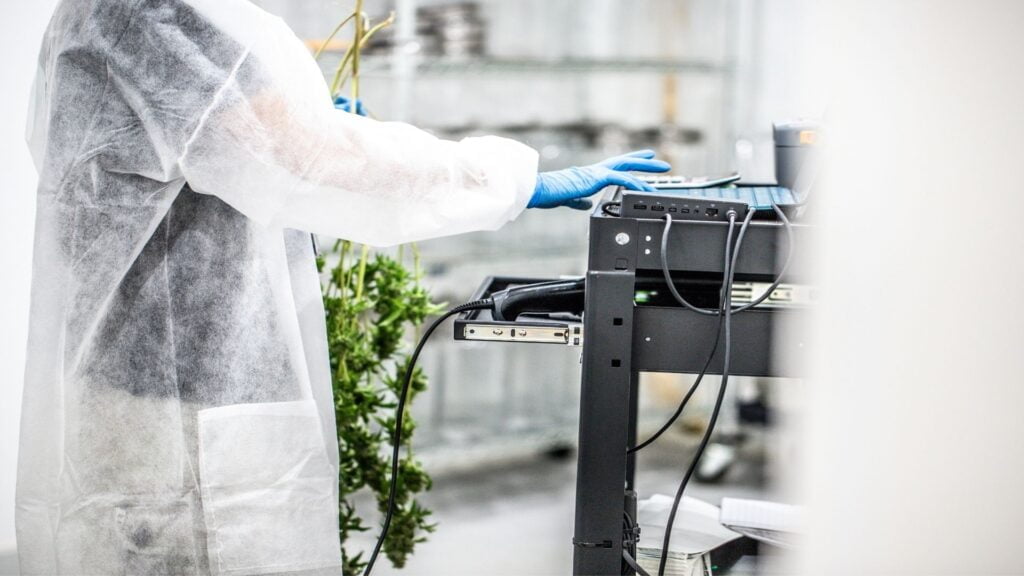
David Kjolberg also said that there are two kinds of growers: a Google grower and a spreadsheet grower. A Google grower searches for cultivation advice from potentially inaccurate pages on the internet. But a spreadsheet grower plans their cultivation based on real data gained through experience. That’s a great analogy to explain the mentality and methodology of growing like an experienced horticulturist.
Next Tech + Tools To Help Cultivators Increase Efficiency
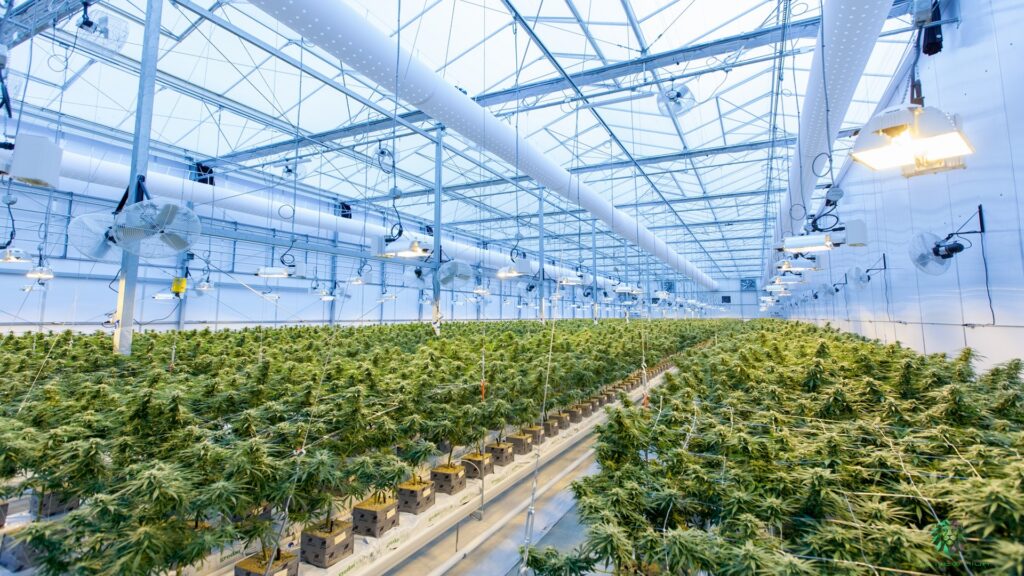
Host Nico Haché asked the panelists, what are the next tech or tools that will help cultivators increase efficiency?
- David said most important is environmental controls for humidity control, temperature control, and air flow through the canopy. Second is lighting and food, and then third is skilled labor.
- Max started with a commercial greenhouse so he has great environmental controls but is open to getting even more data. His best new tool is a drum sprayer that is so fast it saves tremendous labor time. In post-production, Max favors machines & tools for harvesting and trimming that minimize labor and pay for themselves quickly.
- James would love to have an employee tracker information system like used for other greenhouse crops.
“The most important thing I’ve learned in all my years in this industry is we never stop learning. With technology and the way things are going in the industry, there’s always something around the corner that helps us.”
— David Kjolberg, Legacy Master Grower, Consultants, Specialists in growing Premium cannabis
Why Pre-Planned Timelines Work Less For Cannabis Growers
While there is a lot of opportunities for cannabis growers to close the efficiency gap with indoor growers from other industries, the nature of the current cannabis market creates limitations.
Most of all, it’s because cannabis genetics fluctuate so much in their timelines, and growers are often changing the genetics they grow. Consumer demand changes so fast, that growers have to continually follow the market and grow newer strains that have recently become popular. Part of that is how the Canadian market is evolving from a THC to a cannabinoid and terpene driven market. So, it’s a Catch 22: growers can’t plan schedules and labor around strains they simply haven’t grown yet.
Grower Fewer Strains Well Instead Of Many Strains Poorly
To have a better chance to succeed with long-term planning, grow at commercial scale only a handful of strains, while testing new strains at a small scale. This was the advice of Max White, who learned it the hard way, and David Kjolberg, too.
“I had 72 strains the first year, and it was a nightmare. We have eight right now, five of those we’ve had for two, at least two years. So we have those ones down pretty well. We have a couple that we juggle, but when we introduce seeds, which we do every month or two on a very small scale, because you don’t know what you’re going to get. And I don’t want to take up precious square footage with something that we don’t know if we’re going to like, and it also takes about six months before a seed comes to realization for being able to clone it to commercial scale.”
— Max White, Co-Owner, VP Business Development at Aroma Cannabis
“Start with four strains and know the strain, learn your strain, perfect those, and then you can plan. It’s easier to raise capital if you need the capital. It’s easier just to be more efficient when it comes down to scheduling harvesting, scheduling, dry cure, and scheduling shipping.”
— David Kjolberg, Legacy Master Grower, Consultants, Specialists in growing Premium cannabis
Take What You Can From The Vast Experience of Horticulturists
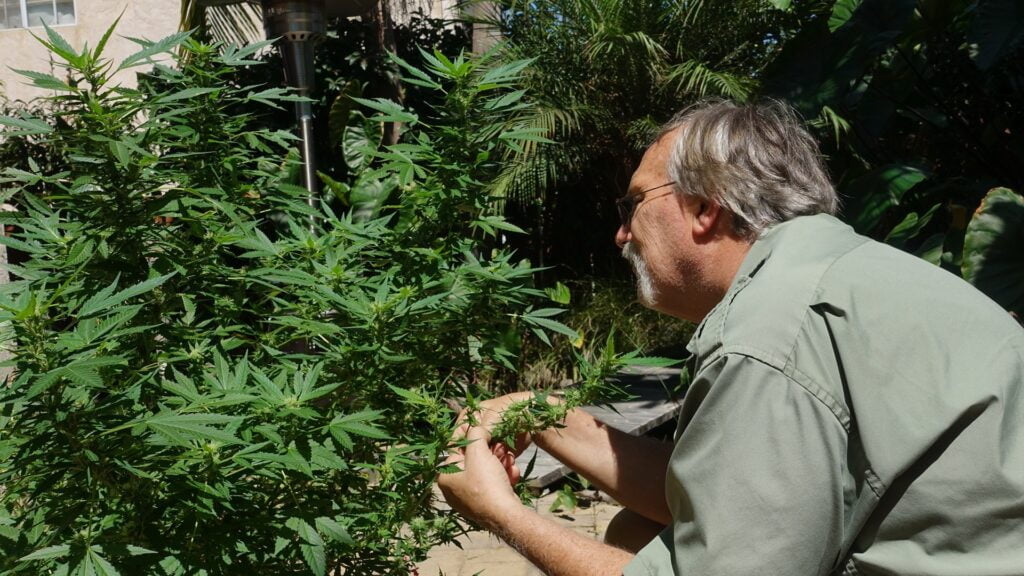
While growing cannabis has its own challenges unique to its industry, there are best practices long established by greenhouse growers of other plants such as vegetables and flowers. Adapting their ideas can help indoor horticulture efficiency to Canadian cannabis craft LPs and other growers become more efficient, profitable, and dare we say it, less stressed.
You can watch The Grower’s Source session that inspired this article by clicking on the video shown below.
Featured Image Credits: Freepik Stock Photos

Want to keep the discussion going?
Log onto The Grower’s Source App to ask a question of our group of experts, or to read up on the latest comments on this topic.
You can also engage your fellow master and hobby growers about many other cannabis topics on your Grower’s Source App.

CONNECT
Connect and maintain relationships between you and other Canadian cannabis industry growers.
COLLABORATE
Overcome challenges together with your fellow growers, learn, develop collective knowledge and a global competitive edge.
GROW
Grow better, aim for sustainability, quality, and cost-effectiveness.




